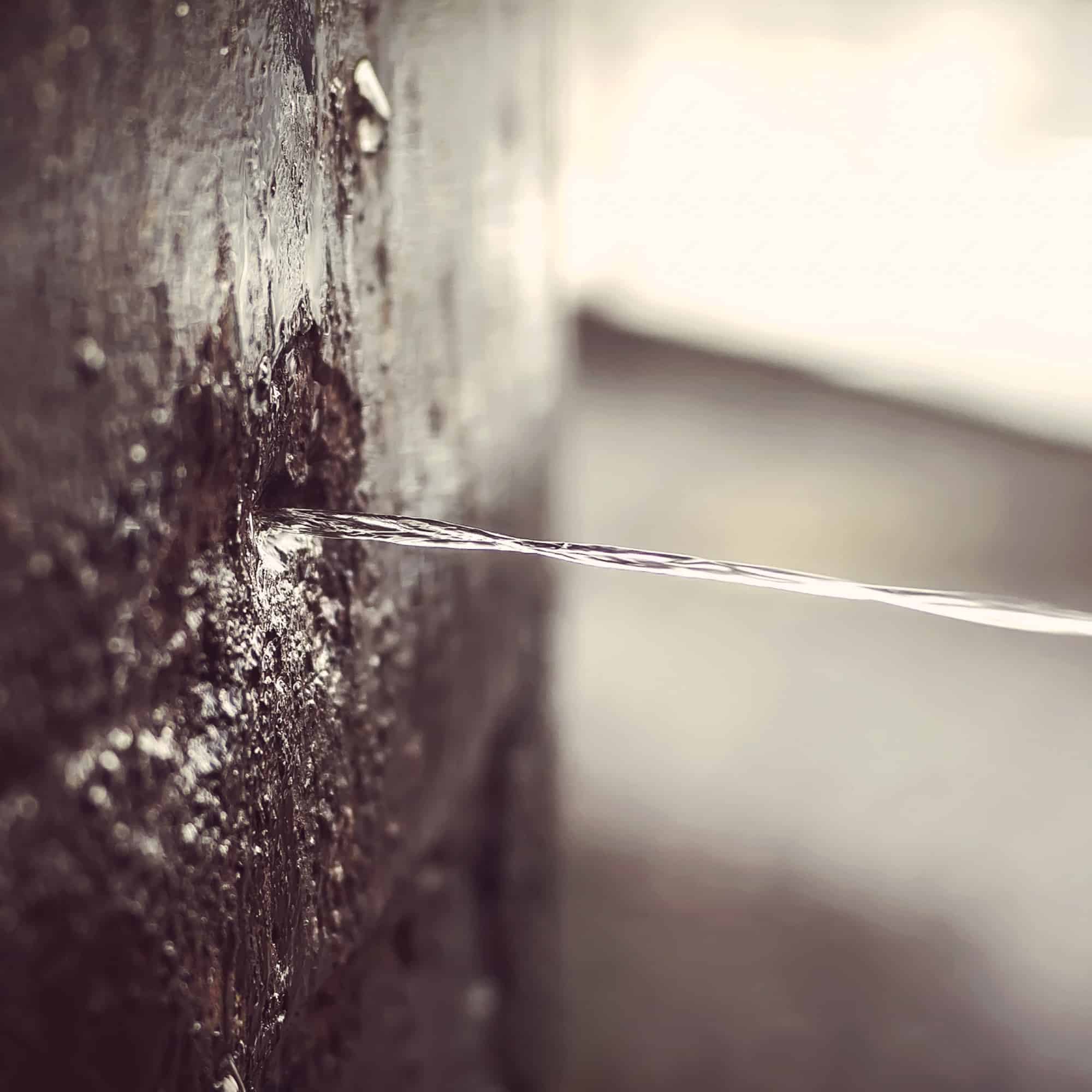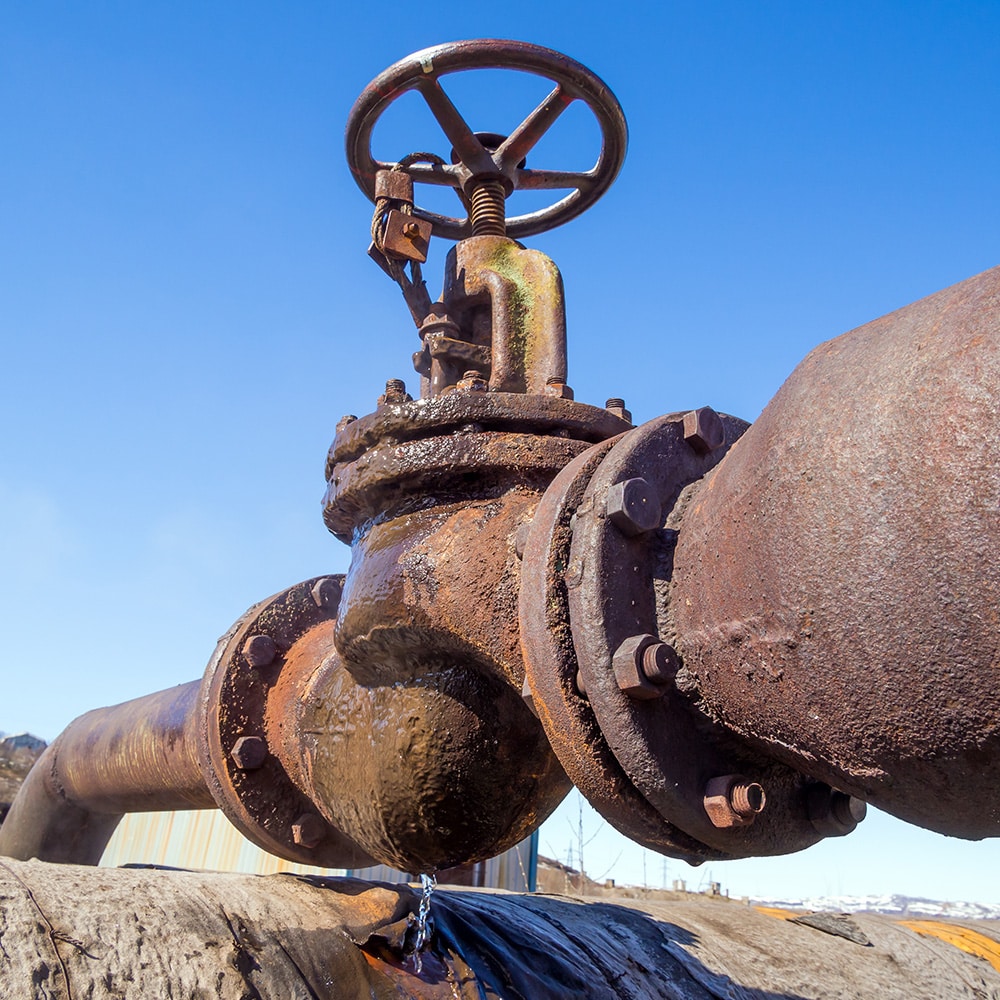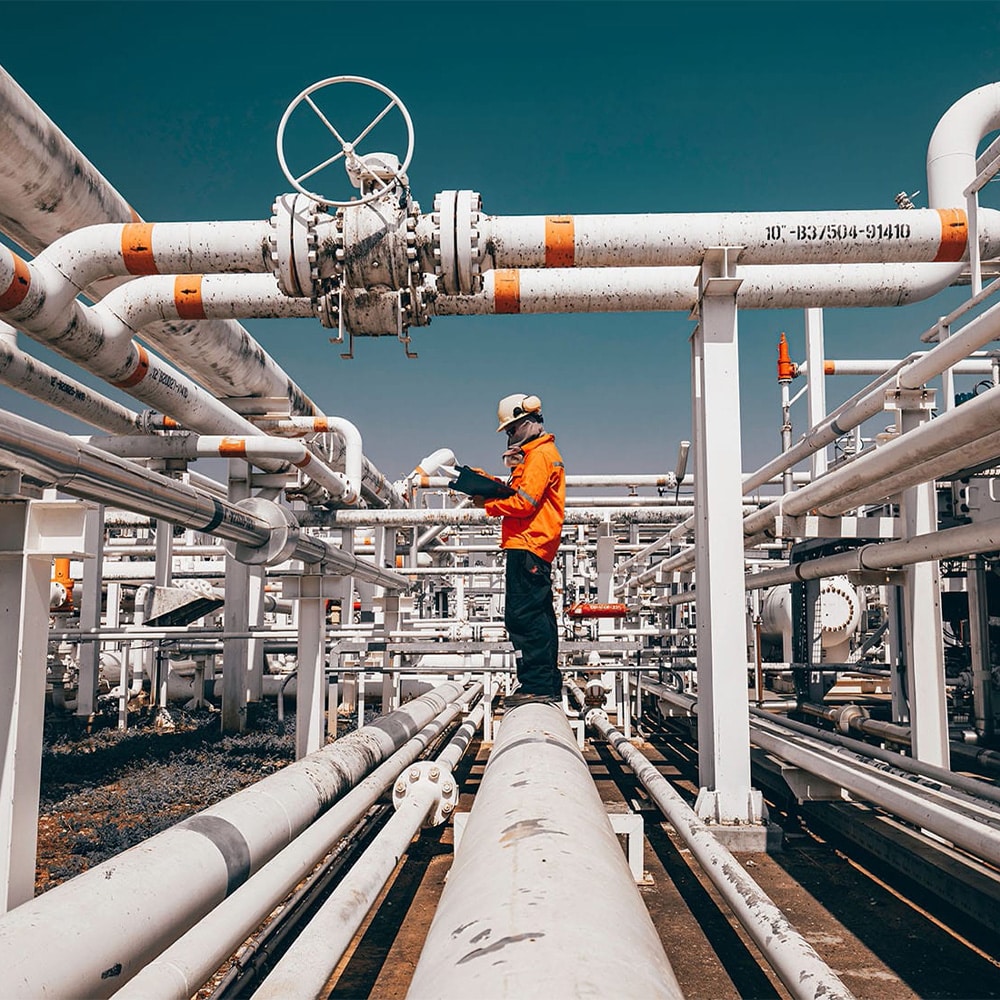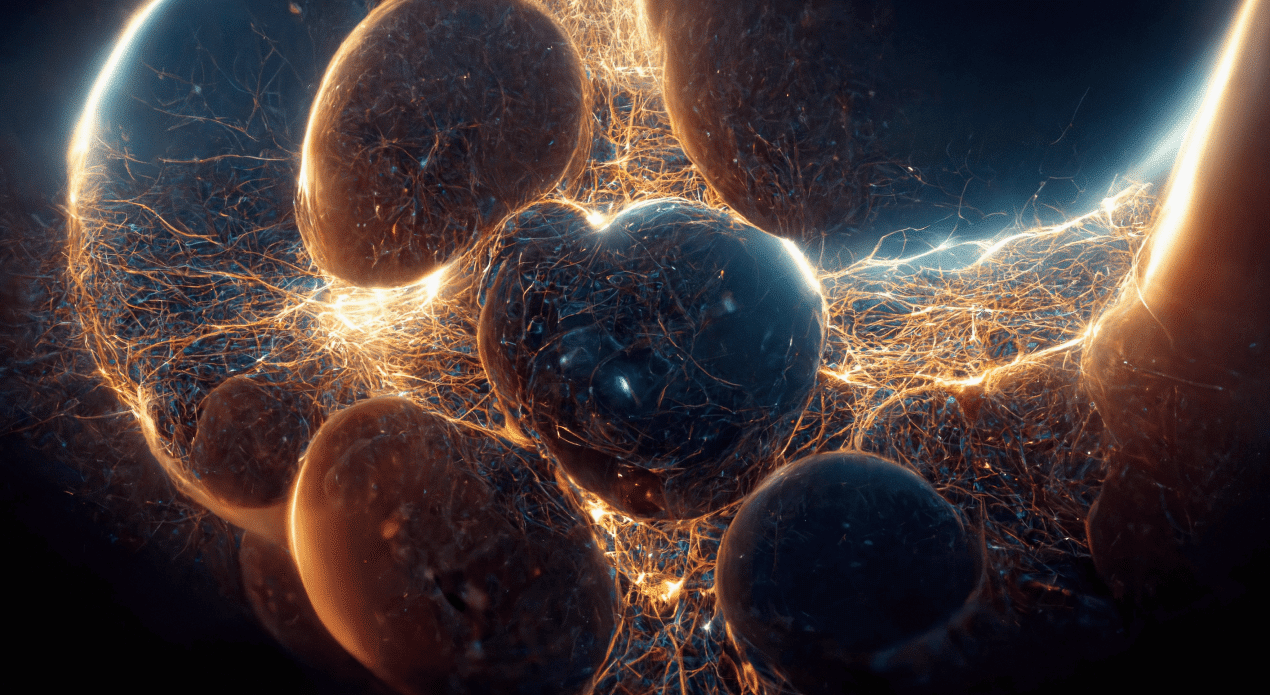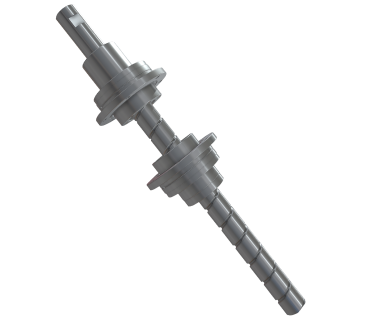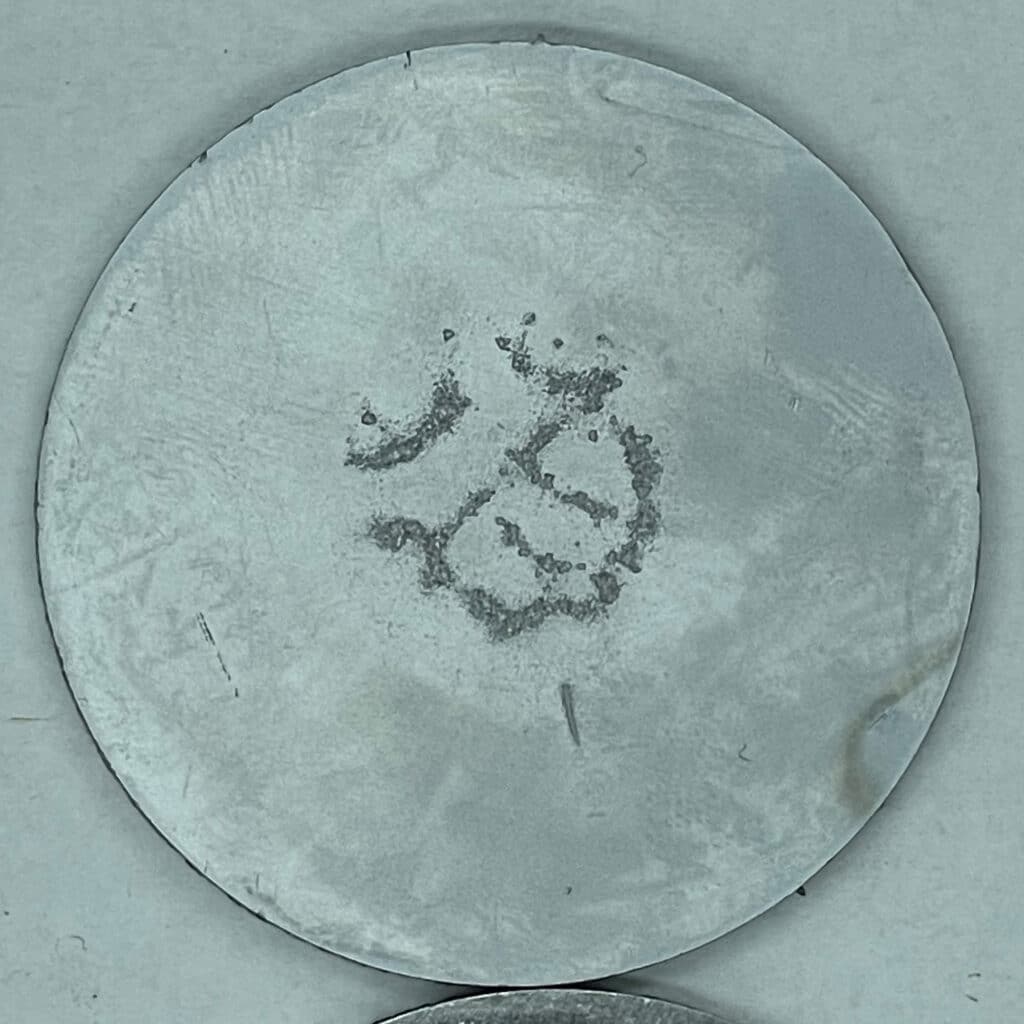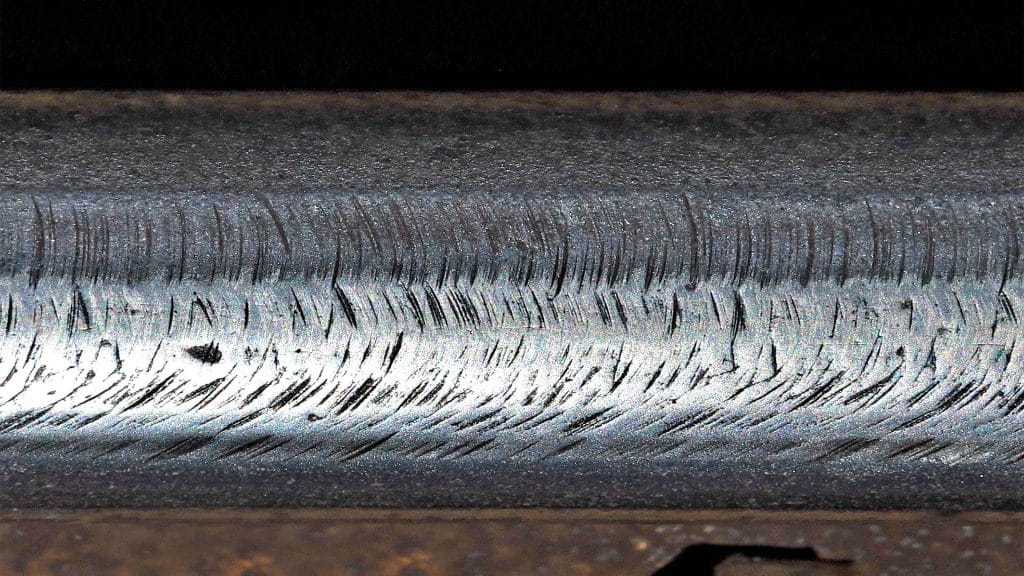An example of erosive wear can be found in the blades of a gas turbine engine. In gas turbine engines, high-velocity particles such as sand or dust suspended in the air intake can strike the turbine blades at high speeds. This repeated impact of particles leads to the gradual removal of material from the blade surfaces, resulting in surface pitting, thinning, and eventually, a reduction in the blade’s aerodynamic efficiency and structural integrity.
Preventive Measures:
- Air Filtration: Installing advanced air filtration systems to remove particles before they enter the engine.
- Coatings: Applying wear-resistant coatings to the turbine blades to enhance their durability.
- Regular Maintenance: Conducting regular inspections and maintenance to identify early signs of wear and address them promptly.
